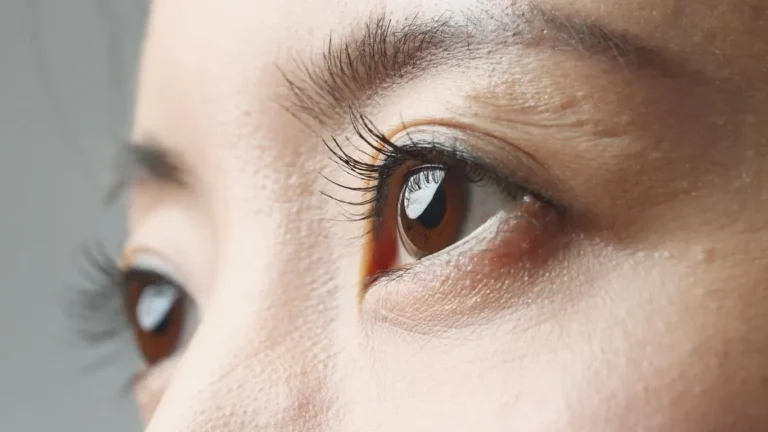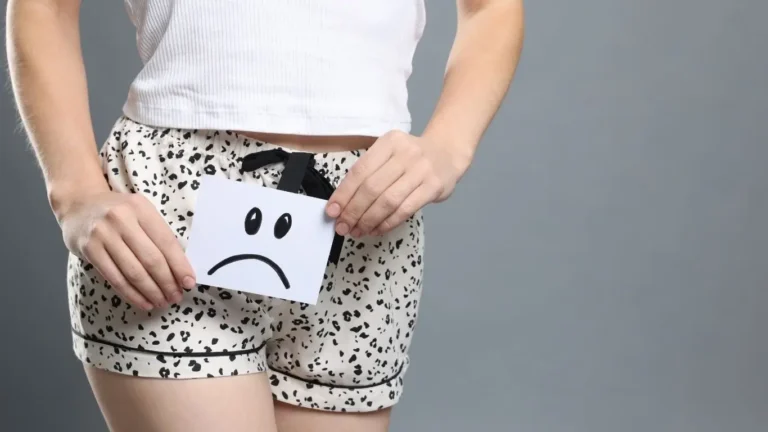Can Apple Juice Lower Blood Pressure? Surprising Truth Revealed
If you’ve ever found yourself wondering, can apple juice lower blood pressure?, you’re not alone. As an Internal Medicine physician who’s spent years helping patients manage hypertension, I’ve been asked about every possible home remedy and dietary tweak imaginable—apple juice included. And to be honest? I get it. The idea of sipping something as sweet and familiar as apple juice to help manage blood pressure sounds a lot better than swallowing another pill. But does it really help? Let’s break it down, doctor-to-patient style.
Understanding the Basics: What Even Causes High Blood Pressure?

Before we dive into whether apple juice can actually move the needle on your blood pressure, it helps to understand what’s going on under the hood. High blood pressure, or hypertension, is more than just a number on a cuff. It’s the result of a complex interplay between genetics, lifestyle, kidney function, and even stress levels.
In my practice, I often explain it this way: Think of your arteries as garden hoses. When the pressure in those hoses goes up—due to plaque buildup, narrowing vessels, or fluid overload—the heart has to work harder to push blood through. Over time, that constant effort can damage not just your heart, but also your kidneys, brain, and eyes.
Key Drivers of Hypertension:
- Poor diet (high in sodium, low in potassium)
- Obesity and sedentary lifestyle
- Chronic stress
- Genetics
- Underlying medical conditions like diabetes or kidney disease
So where does apple juice come in? Let’s zoom in.
Can Apple Juice Lower Blood Pressure? Let’s Talk Science.
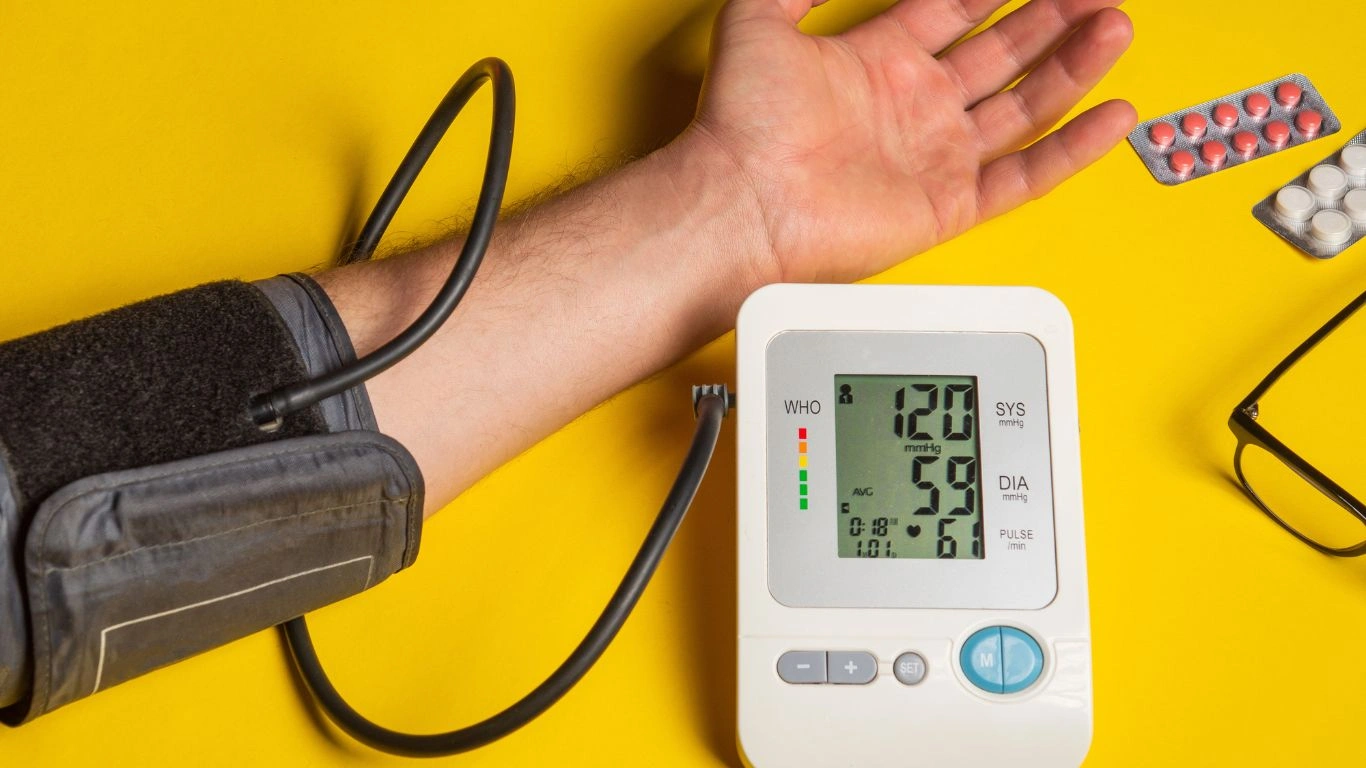
There’s a lot of chatter online about natural remedies for hypertension, and apple juice seems to pop up often. From my own review of literature and clinical experience, I can tell you: apple juice isn’t a miracle fix—but it’s not useless either.
What’s in Apple Juice That Might Help?
Apples are naturally rich in polyphenols, quercetin, and potassium—three components that have been studied for their potential to support heart health and vascular function.
- Potassium: This mineral helps balance sodium in your body and eases tension in your blood vessel walls. Most Americans don’t get enough of it. A small serving of apple juice contains modest amounts—not enough to treat hypertension, but possibly helpful as part of an overall diet.
- Polyphenols & Flavonoids: These are natural antioxidants that may improve endothelial function (basically, how well your blood vessels relax and contract). There’s some data suggesting flavonoids can help reduce blood pressure modestly over time.
- Hydration Factor: While not unique to apple juice, staying hydrated can positively affect blood pressure, especially in those prone to orthostatic hypotension or salt sensitivity. Apple juice, in moderation, contributes to fluid intake.
But here’s the catch: most store-bought apple juices are heavily filtered, pasteurized, and loaded with sugar. The processing strips out a lot of the fiber and some of the beneficial polyphenols you’d get from eating a whole apple. And that extra sugar? Not doing your blood vessels any favors.
My Take as a Physician
I’ve had patients who’ve asked if replacing their soda with apple juice could help their blood pressure. And yes—swapping out a can of cola for a glass of 100% apple juice might be a step in the right direction. But if you’re already on the borderline or have poorly controlled hypertension, it’s not the kind of change that will magically normalize your readings.
I once had a patient—let’s call him James—who swore by his nightly glass of apple juice. He believed it was helping his numbers because his readings dropped a few points. When we looked closer, though, it turned out he had also started walking more and eating fewer processed snacks around the same time. So was it the juice? Maybe. But probably not alone.
Whole Apple vs. Apple Juice: Not the Same Thing

Here’s something I emphasize in the exam room all the time: drinking juice is not the same as eating the fruit. Whole apples provide fiber—particularly soluble fiber like pectin—which can help with cholesterol management, weight control, and even blood sugar stabilization. That fiber is mostly lost when apples are juiced.
So while apple juice has its place, it doesn’t pack the same punch as biting into a crisp, fiber-rich apple. And when it comes to blood pressure, the whole fruit always wins.
Apple Juice in Moderation: The Realistic Role in a Heart-Healthy Diet
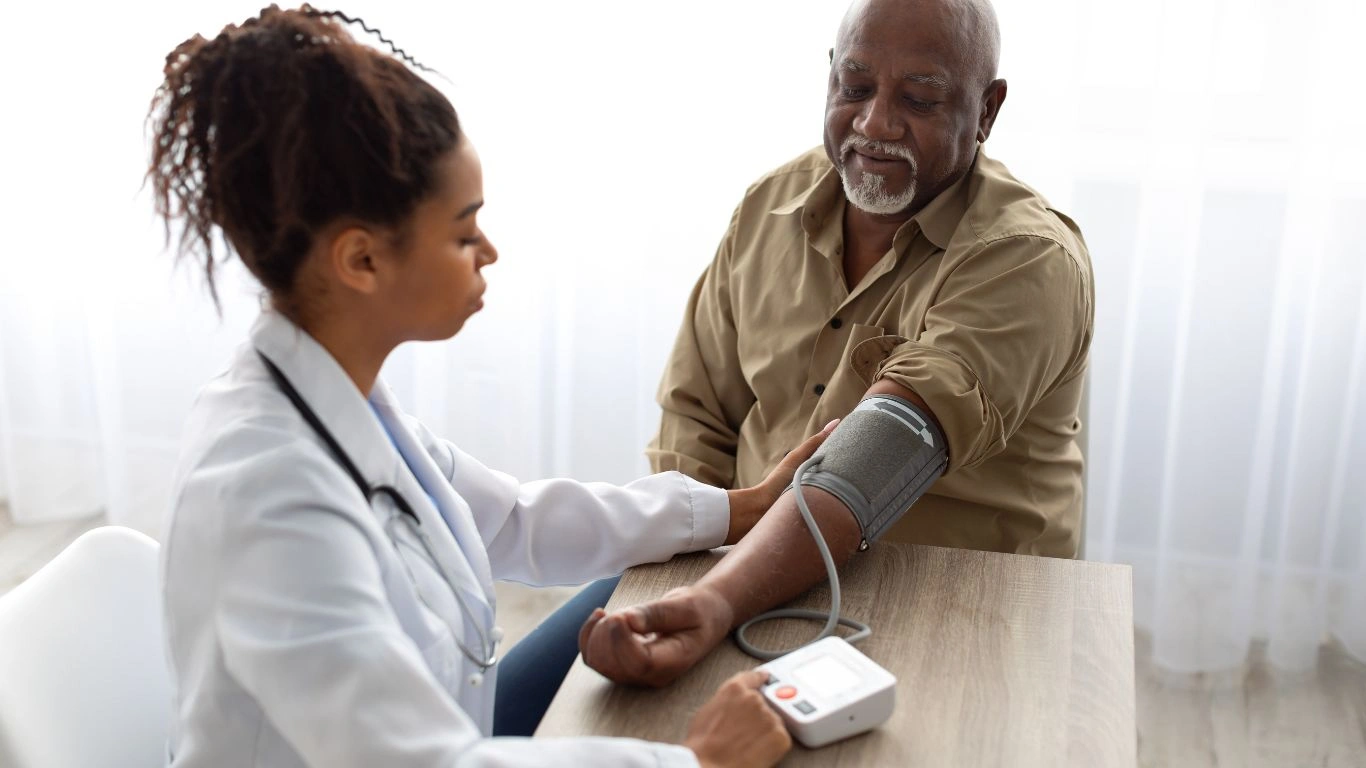
So we’ve talked about what’s in apple juice and why it’s not a magic bullet—but now comes the more practical question I often get in the clinic: “Can I still drink it?” Absolutely. As with most things in life, the key is moderation.
When I sit with patients and review their dietary habits, I don’t expect them to suddenly go full-on Mediterranean diet overnight. Small, sustainable swaps are often the most effective. If someone is drinking soda daily, I’ll say, “Hey, a small glass of unsweetened apple juice might be a better option—just don’t go overboard.”
Tips to Make Apple Juice More Blood Pressure-Friendly:
- Stick to 100% juice: Avoid those “juice cocktails” that are mostly sugar water with a splash of apple concentrate.
- Watch your portion: An 8-ounce glass (about 240 ml) is more than enough. Even better? Cut it with a little water or sparkling water.
- Pair it smartly: Have it alongside a handful of nuts or a slice of whole grain toast with avocado to balance the glycemic load.
- Choose unfiltered or cloudy apple juice: These tend to retain more of the beneficial polyphenols compared to the clear, filtered versions.
One of my patients, a 62-year-old woman managing hypertension and prediabetes, started drinking half a glass of unfiltered apple juice with breakfast instead of sweet tea. Her blood sugar stabilized more consistently, and we saw a mild improvement in her blood pressure over several weeks—likely from the overall shift in diet, not just the juice alone.
Other Juices That May Support Blood Pressure (and How Apple Juice Stacks Up)
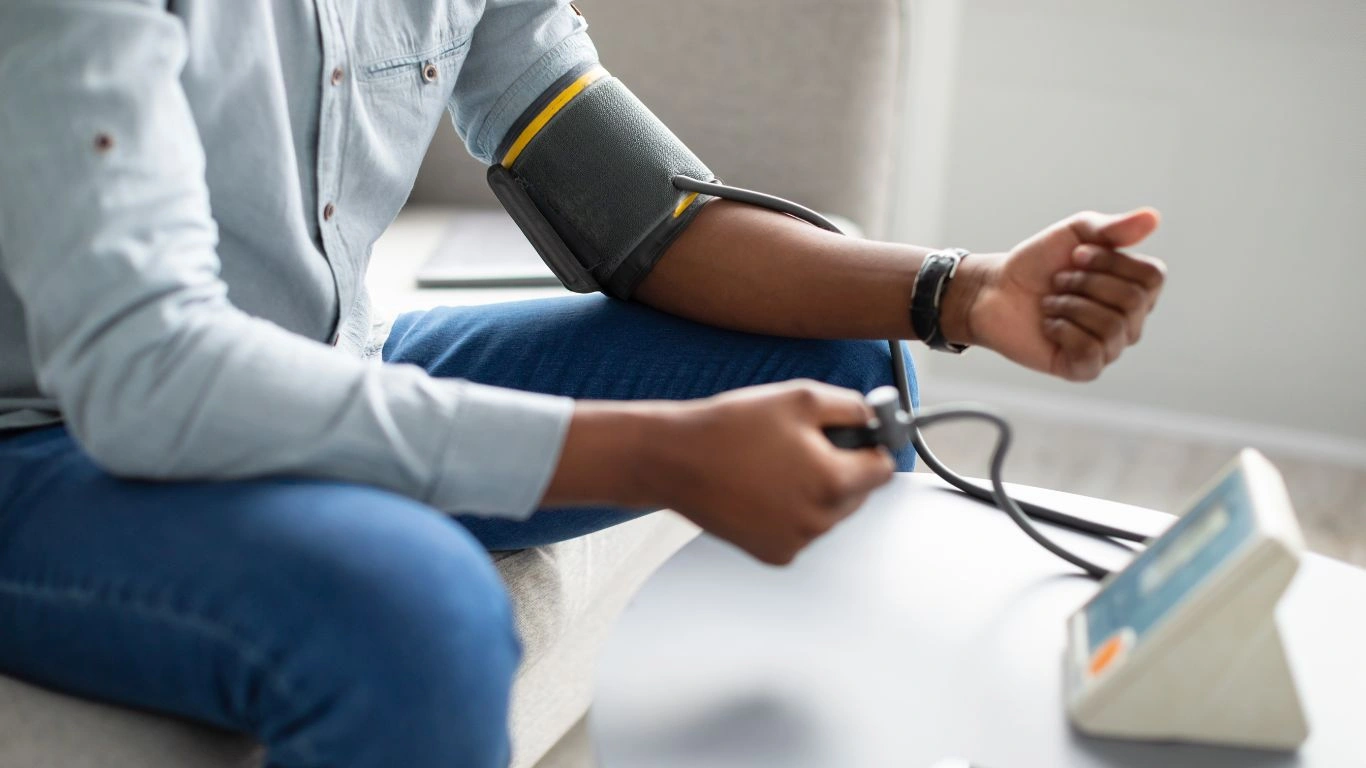
Let’s be real—apple juice has some heart-healthy potential, but if we’re comparing it to other juices in the “lower blood pressure” conversation, it’s not the star of the show. Here’s how it stacks up:
Juice Power Rankings for Blood Pressure:
- Beet Juice: Loaded with nitrates that convert to nitric oxide in the body, helping blood vessels relax. This one has the most compelling evidence for blood pressure reduction.
- Pomegranate Juice: Rich in antioxidants and has shown promising effects in both systolic and diastolic pressure readings in some studies.
- Apple Juice: Decent source of polyphenols and potassium, but much less fiber and fewer blood-pressure-lowering compounds than the top two.
That doesn’t mean apple juice is “bad”—it’s just not as potent as some of its juicier cousins. That said, it might be a better choice for those who can’t tolerate the strong, earthy flavor of beet juice or the tanginess of pomegranate.
What I Recommend to My Patients About Juice and Hypertension
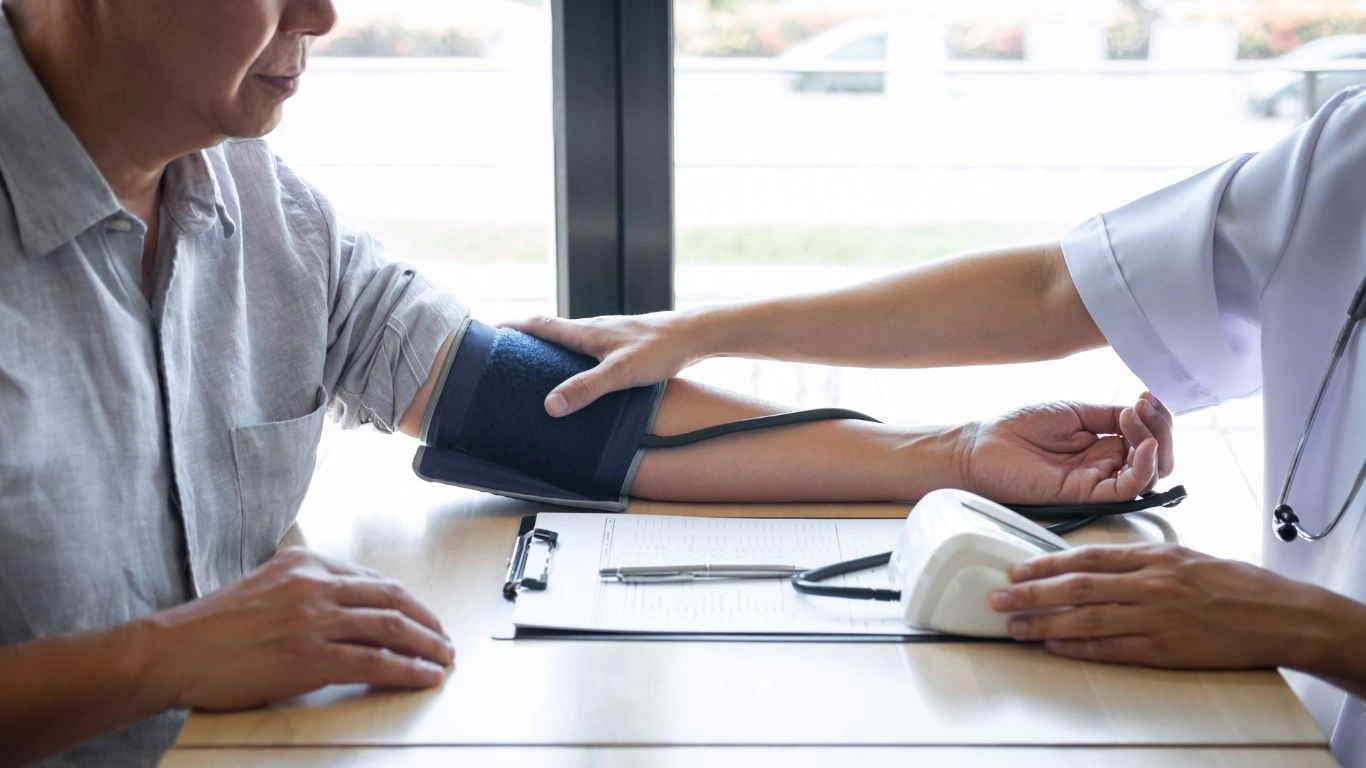
In my own practice, I try to meet people where they are. I’ve learned that if I come in with a list of “nos,” patients shut down. Instead, I like to focus on the “yes, but…” approach.
So if you’re a juice lover asking, “Can apple juice lower blood pressure?” here’s what I usually say:
- Yes, but it won’t replace your meds or exercise plan. It can be one piece of a much bigger puzzle.
- Yes, but choose the right kind—100% juice, ideally unfiltered, and drink in moderation.
- Yes, but whole apples are still better. If you’re really aiming for maximum benefit, grab the fruit, not the juice.
One thing that’s worth noting—and this comes from over a decade in practice—is that people tend to make the best progress when they build a realistic lifestyle plan instead of chasing silver bullets. Apple juice might give you a small nudge in the right direction, but if your diet is still high in salt, you’re sedentary, and you’re not sleeping well, that glass of juice isn’t going to move the needle much.
Instead, think of it as part of a bigger strategy: hydrate well, eat colorfully (lots of fruits and veggies), move your body, and manage stress. And yes, enjoy that glass of apple juice now and then—just not as a shortcut to health.
Building a Heart-Healthy Lifestyle—Beyond the Apple Juice

Let’s zoom out a little. Now that we’ve unpacked the whole “can apple juice lower blood pressure?” question from just about every angle, it’s time to talk bigger picture. Because while sipping some unfiltered apple juice might make a small contribution, long-term blood pressure control is rarely about one thing.
What I always try to remind my patients is that your daily choices—what you eat, how much you move, how you manage stress—they all add up. Apple juice might be one player on your wellness team, but it’s not the quarterback. If you’re serious about tackling hypertension, you need a full roster.
Let’s Talk Whole Foods First
If I could hand out just one piece of advice to every hypertensive patient I meet, it’d be this: eat more foods as close to their natural state as possible. That means:
- Fruits and veggies: Not just apples—berries, leafy greens, sweet potatoes, bananas, citrus. Nature’s pharmacy.
- Whole grains: Brown rice, oats, quinoa—good for your heart, good for your gut.
- Lean proteins: Think beans, lentils, fish, and yes, the occasional egg. Not everything has to be kale and tofu.
- Low-fat dairy or alternatives: Great sources of calcium and potassium, both important in blood pressure regulation.
One of my long-time patients—a retired schoolteacher in her 70s—was initially frustrated when I asked her to swap her usual breakfast (sugary cereal and orange juice) for oatmeal, sliced apple, and a sprinkle of cinnamon. But after just a month, she was pleasantly surprised by both how good she felt and how much more stable her BP readings had become.
The Power of Movement on Blood Pressure

Here’s something I always emphasize in clinic: you don’t have to run marathons to lower your blood pressure. Walking counts. Gardening counts. Dancing in your kitchen absolutely counts. The goal is to get your heart pumping and your blood flowing.
My Practical Tips for Getting Active:
- Start small: Even 10 minutes a day is better than nothing. Walk to the mailbox and back. Take the stairs instead of the elevator.
- Make it enjoyable: Hate the gym? Don’t go. Find something you actually like—yoga, biking, dancing, pickleball, whatever keeps you moving.
- Stay consistent: The benefits build up over time. I’ve seen patients lower their systolic BP by 10-15 points just from walking daily for a month or two.
True story: A man in his late 50s came in with borderline high blood pressure. He wasn’t ready to commit to medication. We agreed on a two-month trial of 30-minute daily walks and a few basic dietary tweaks (yes, he ditched sugary drinks—including excess apple juice). At his follow-up? BP was a steady 124/76. Small changes, big difference.
Managing Stress and Sleep: Two Overlooked Keys
Another thing I’ve learned through years of treating hypertension—your mental health matters just as much as your physical habits. If your stress is off the charts or your sleep is a mess, your blood pressure is likely going to follow suit.
What I Recommend:
- Mindfulness or breathing exercises: Even five minutes a day can lower cortisol and reduce BP spikes.
- Quality sleep: Aim for 7–8 hours. Poor sleep can raise your sympathetic nervous system activity—translation: higher BP.
- Therapy or support groups: If anxiety or chronic stress is a factor, don’t hesitate to seek help. Mental and cardiovascular health are tightly connected.
So… Can Apple Juice Lower Blood Pressure? Here’s the Final Takeaway
If you’ve made it this far, you know the answer isn’t a simple yes or no. Apple juice can play a small supporting role—especially if it’s part of a more balanced, intentional diet. But relying on it alone won’t get you far. The real magic happens when you zoom out and take control of the bigger picture.
As a physician, I value the evidence, but I also value the real-world stories—the patient who made a small swap and started walking every morning, the one who learned to manage stress with deep breathing and cut back on processed foods. These shifts matter. They compound. And yes, that glass of apple juice might be part of the picture—as long as it’s not the whole strategy.
References
- National Institutes of Health (NIH)
- Health.com
- Centers for Disease Control and Prevention (CDC)
- American Heart Association
Disclaimer
This article is intended for informational purposes only and does not constitute medical advice. Always consult with your healthcare provider before making changes to your diet, exercise, or medication regimen. As a practicing Internal Medicine physician, I share insights from clinical experience, but each patient’s health journey is unique. What works for one may not work for another.

Dr. Gwenna Aazee is a board-certified Internal Medicine Physician with a special focus on hypertension management, chronic disease prevention, and patient education. With years of experience in both clinical practice and medical writing, she’s passionate about turning evidence-based medicine into accessible, actionable advice. Through her work at Healthusias.com, Dr. Aazee empowers readers to take charge of their health with confidence and clarity. Off the clock, she enjoys deep dives into nutrition research, long walks with her rescue pup, and simplifying medical jargon one article at a time.




